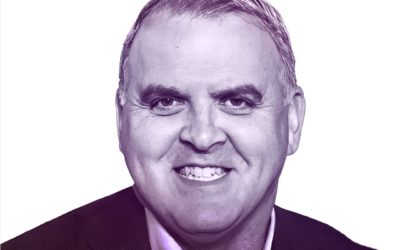“It’s a very delicate dance, in terms of generational transition.”
Anne Huntington is the Vice President of Business Development at Huntington Learning Center. She is the second generation of the founding family involved in the day-to-day operation of the company. Founded in 1977, Huntington has provided quality instruction to hundreds of thousands of students through a network of franchised and company-owned centers.
Transitioning to the next generation of leadership.
Anne: “You and your family have to assess where you’re at and what makes sense for your business. In terms of transitioning, it’s not a light switch where you turn it on and off. It’s a very delicate dance, in terms of generational transition. It’s also a very serious conversation and a serious endeavor. It cannot be taken lightly. All parties have to be aligned, and respect what the vision, and the mission, and where the business is going.”
Anne: “Huntington Learning Center was founded by my parents in 1977. That’s 42 years. I am very fortunate that my parents and I are aligned and we know where we’re going. We have a strategic plan and that takes time. Patience truly is a virtue,we have to get on the same wavelength in terms of timing. That’s where these consultants come in and really help.”
Anne: “What I’ve learned and what has really helped us in this transition, is to bring third parties in to assess different areas of the business. It’s important to get an outside perspective because sometimes if you’re living and breathing it day-to-day, sometimes to step back can be a little bit difficult.“
Business model transitions.
Anne: “We had the opportunity to scale, and how do you do it? We chose to become a franchise company. We changed the staffing model from all full-time to some part-time, which again moved to fixed cost into a variable cost. We also slashed a lot of our fees. Now you can open a Huntington Learning Center for $100,000 to $200,000, versus the $200,000 to $300,000.“
Anne: “We created proof of concept and we opened company owned locations, mainly in the boroughs outside of New York City, in this footprint, with this staffing model, to show that it works. Everything we do, we test, we re-test, and we bring in people from our franchise, from our system, to really make sure that there’s proof of concept and it makes sense.”
Anne: “We can invest in resources and procedures here at the main office but if they’re not adopted, then what’s the point? We have to make sure that there’s a really strong positive partnership between the franchisee and the franchiser. Part of the change is moving away from that company set. Owning and operating multiple company centers. 30 plus is what we had to a full on franchise model, and that’s our future.”


